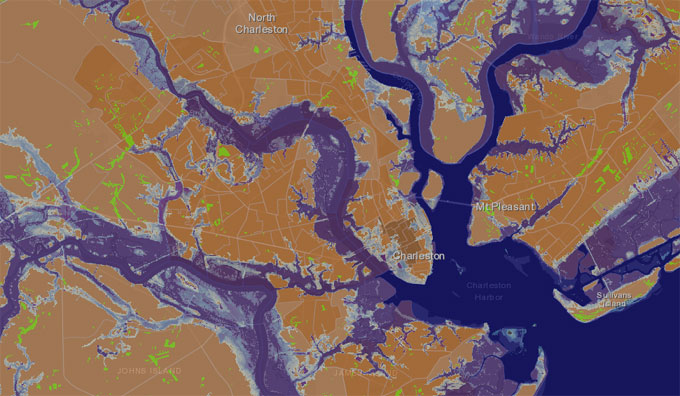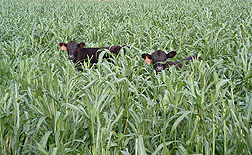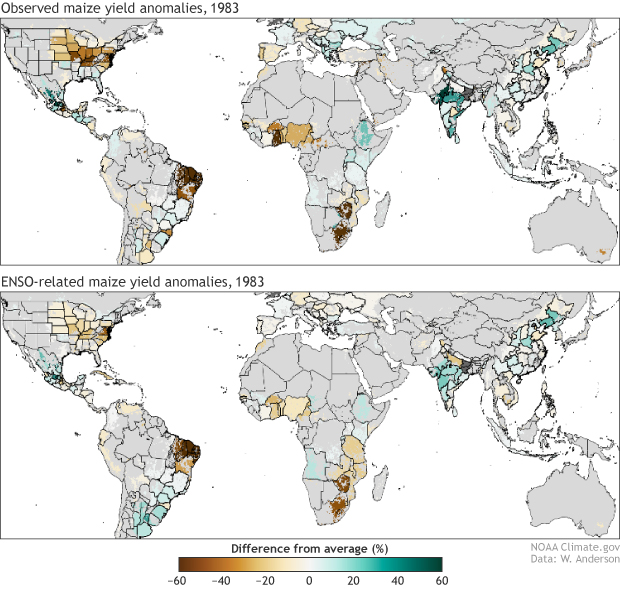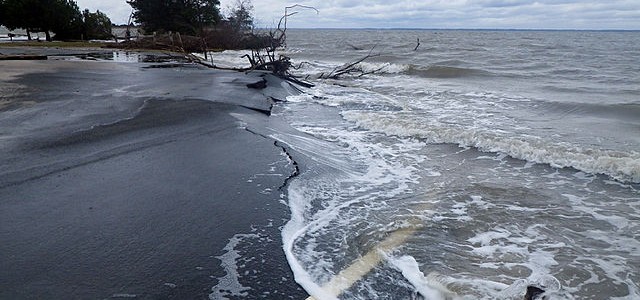Climate science
-

Earlier this week the EarthSky blog posted a good introduction to sea level rise, including what causes it and how much we are likely to see in the future. It also includes a good video on sea level rise basics from NASA Earth Observatory. You might be interested in learning more about this, especially if…
-

A new report commissioned by the Farm Journal Foundation discussed how agriculture is affected by changing climate and how it is uniquely situated to help us cut greenhouse gas emissions and fight the changes in climate we are already seeing. It discusses what changes we are seeing in emissions over time and how the warming…
-

In this blog I tend to focus on the relationship between the phase of ENSO (El Nino or La Nina or neutral) and what climate conditions are likely to happen here in the Southeast as well as how those conditions will affect our crops. But ENSO actually affects weather across the whole globe, so if…
-

Coastal areas of the Southeast as well as most of the rest of the world have seen increased flooding in recent years due to slowly rising sea levels, which are driven by a combination of warmer oceans and melting land ice. While a lot of this flooding has been more of a nuisance than dangerous…
-

Here is an excellent piece describing trends in tornadoes in the United States over time from Yale Climate Connections. The online title asks if climate change is affecting tornado climatology, and the short answer is “not as far as we can tell now”. There are some trends towards seeing more tornadoes, especially weak ones, that…
-

In The Garden Professors blog this week, John Porter of Nebraska Extension posts an article describing how water provides both necessary moisture and a contributor to diseases that can hurt plant growth, and in the worst cases, kill the plant completely. The article describes how water in the atmosphere contributes to the development of fungal…
-

As I am writing, the rain from TS Elsa is falling outside. The tree frogs are going nuts! The remains of Elsa are crossing Georgia’s coastal plain tonight, and it is headed off to the northeast towards the Carolinas and Virginia. It is expected to be a tropical depression by the time it hits North…